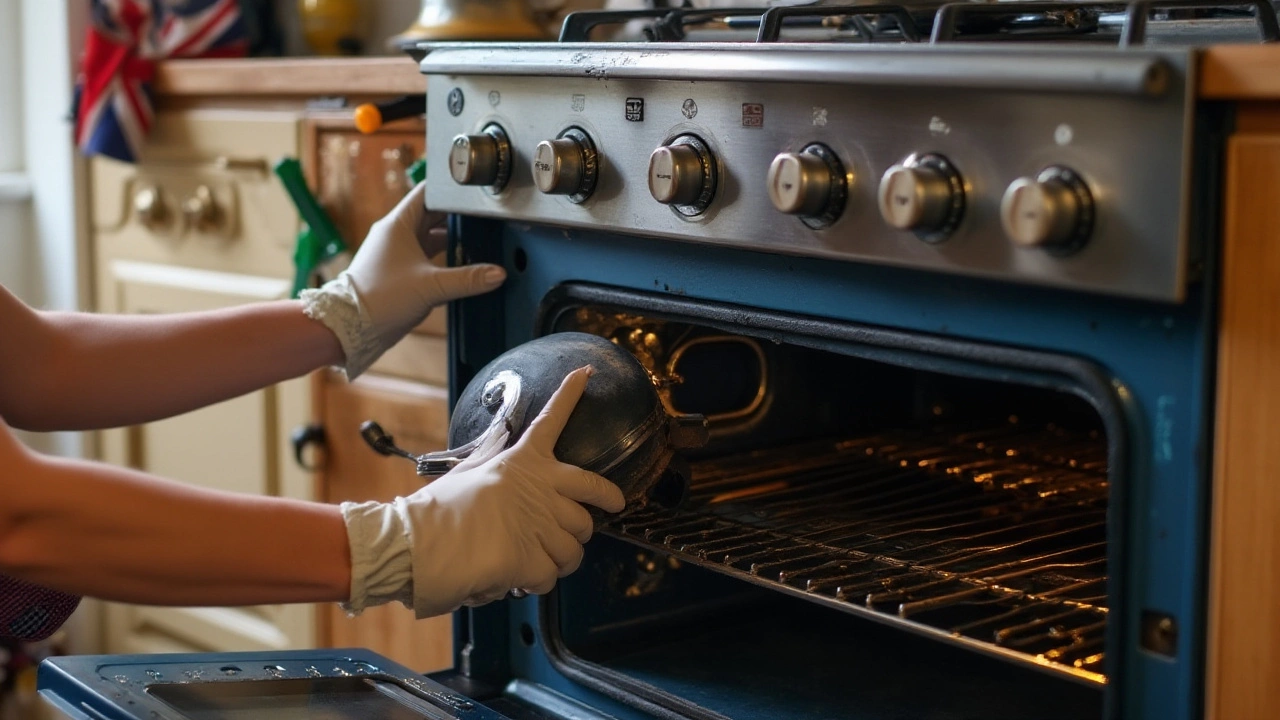DIY Home Repair Tips & Guides – Fix Common Problems Yourself
Ever wonder why a simple glitch can turn your kitchen or bathroom into a headache? Most of the time, the fix is right under your nose and doesn't need a pricey service call. Below are the most useful DIY tricks for everyday appliances, from hobs to water heaters. Grab a screwdriver, follow these steps, and you’ll be back to normal in no time.
Quick Checks Before You Tackle Anything
First thing’s first – always turn off the power or water supply. A quick safety check prevents shocks, leaks, or further damage. For electric appliances, unplug or switch off at the breaker. For gas or water‑based units, shut the valve. Once you’re sure it’s safe, you can move on to the real work.
Next, look for obvious signs: burnt smells, rattling noises, or water pooling. Those clues tell you whether the issue is electrical, mechanical, or a leak. Write down what you see; a clear description helps if you eventually need a professional.
Common DIY Fixes for Everyday Appliances
Electric Hob Issues: If a burner won’t heat, the element may be blown. Remove the hob’s top panel (usually a few screws), locate the element, and test it with a multimeter. A dead element shows zero continuity – replace it with the same rating. Remember to reconnect the wiring exactly as it was.
Hot Water Heater Reset: Many heaters have a reset button on the thermostat. If you notice no hot water or the unit keeps tripping, press the button after the heater cools for 5 minutes. If it trips again, the thermostat or dip tube may need replacement – both are cheap parts you can swap yourself.
Washing Machine No Spin: Check the door latch first; a loose latch stops the spin cycle. If the latch is fine, inspect the belt (if your model has one). A cracked or slipped belt is easy to replace – just snap the new one onto the motor and drum pulleys.
Extractor Fan Cleaning: A noisy fan often just needs a good cleaning. Remove the cover, vacuum out dust, and wipe the blades with a damp cloth. Re‑assemble, and the fan will run smoother, saving energy and extending its life.
Refrigerator Not Cooling: Clean the condenser coils at the back – dust acts like insulation and forces the fridge to work harder. Use a coil brush or vacuum to clear the grime, then check the door seal for gaps. A tight seal keeps cold in and saves electricity.
These fixes cover more than half of the calls we get at Wells Appliance Repairs. If a repair feels beyond your comfort zone, or you hit a snag, don’t hesitate to call us. We specialize in fast, reliable service for any appliance, big or small.
Remember, the goal of DIY is to solve simple problems safely. Keep a basic toolkit – screwdrivers, pliers, a multimeter, and some replacement parts – on hand. With the right info and a careful approach, you’ll avoid many unnecessary service calls and keep your home running smoothly.
DIY Guide: How to Replace Your Oven Heating Element
0 Comments
Replacing an oven element might seem daunting, but it can be a manageable task for a DIY enthusiast. With the right tools, preparation, and safety precautions, you can save money and time by doing it yourself. This article offers practical steps and tips to guide you through the process, ensuring you make your kitchen functional again efficiently and safely.
Read More